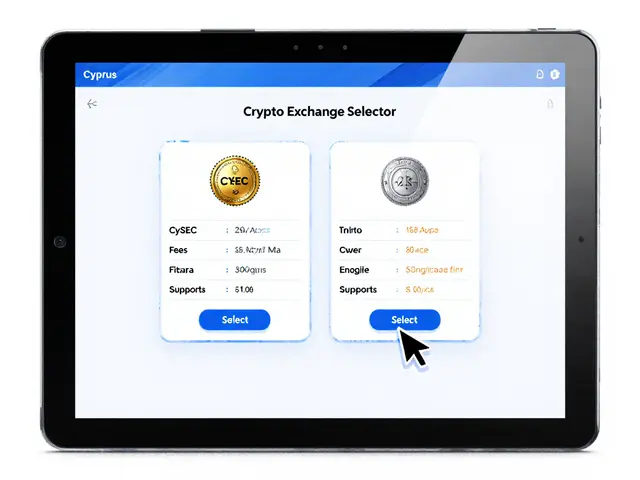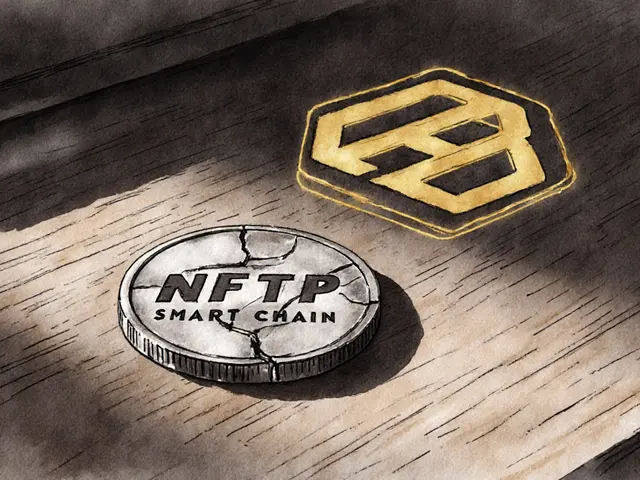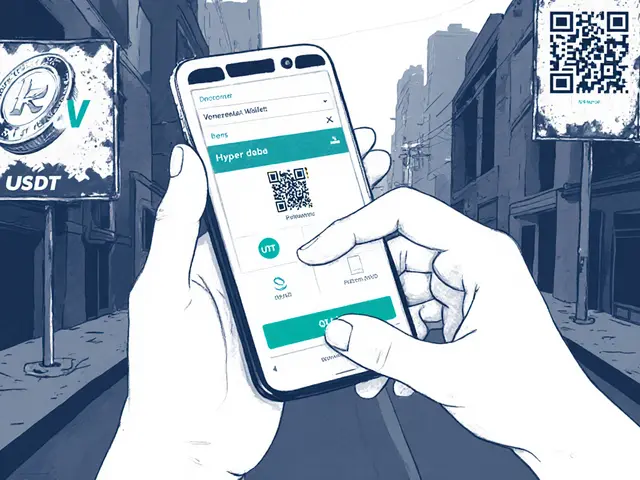Crypto License Requirements: A Practical Guide
When dealing with crypto license requirements, the set of rules a business must follow to legally offer cryptocurrency services in a given jurisdiction. Also called cryptocurrency licensing, these requirements vary wildly from one regulator to another. For example, the UAE VARA licensing, a framework that demands capital thresholds, AML procedures and a clear governance model is quite different from Indonesia’s Bappebti licensing, which focuses on asset classification, consumer protection and OJK oversight. Understanding these differences helps you meet crypto license requirements without wasting time or money.
Why Licensing Matters Across Regions
First, crypto license requirements are the gateway to market entry. If you want to run an exchange, a lending platform, or a token issuance service, you need a licence that matches your activity. Second, compliance builds trust – a regulated exchange can attract institutional investors who otherwise shy away from unlicensed operators. Third, regulators use licensing to enforce anti‑money‑laundering (AML) and know‑your‑customer (KYC) standards, which protect both users and the broader financial system.
These three points create a clear semantic chain: Crypto license requirements encompass jurisdiction‑specific compliance, jurisdiction‑specific compliance requires dedicated licences, and dedicated licences enable market access and investor confidence. In practice, that means you’ll often start with a regulator’s licensing guide, check the capital and reporting thresholds, then build the necessary internal controls.
Let’s look at three major licensing regimes that show how the rules differ but share common goals.
UAE VARA licensing – The Virtual Assets Regulatory Authority (VARA) in the United Arab Emirates launched a comprehensive licensing scheme in 2023. To qualify, a firm must demonstrate a minimum paid‑up capital (usually USD 1 million for exchanges), implement robust AML/KYC policies, and appoint a compliance officer with relevant experience. VARA also requires regular reporting of transaction volumes and any suspicious activity. The payoff is access to a fast‑growing crypto market and the ability to advertise services across the Gulf Cooperation Council (GCC) region.
Indonesia’s Bappebti licensing – Until 2025, the Commodity Futures Trading Authority (Bappebti) handled crypto licensing, focusing on asset classification and consumer protection. After the transition to the Financial Services Authority (OJK), the core requirements stayed the same: firms must secure a trading license, maintain a segregation of client funds, and provide clear disclosures about token risk. Compliance with Bappebti’s reporting format is still mandatory for historical data, making it essential for anyone operating in Southeast Asia.
European Union MiCA framework – While not a single licensing body, the Markets in Crypto‑Assets (MiCA) regulation sets a continent‑wide baseline. Companies need to register with a national competent authority, meet capital adequacy rules (often €350 k), and follow strict consumer‑protection clauses. MiCA also introduces a “crypto‑asset service provider” (CASP) passport, allowing firms licensed in one EU state to operate across the bloc.
These examples illustrate two key attributes of crypto license requirements: they are both location‑specific and activity‑specific. A token‑sale platform, a custodial wallet service, and a DeFi protocol each face distinct checklists. That’s why most businesses start with a licensing matrix – a simple spreadsheet that maps each service to the relevant regulator, capital needs, reporting frequency, and required documentation.
Creating the matrix is easier than you think. List your core services in the left column, then add columns for each target jurisdiction (UAE, Indonesia, EU, US, etc.). Fill in the capital requirement, AML/KYC standards, and filing deadlines for each cell. When you spot a gap – say, no AML policy for a particular service – you know exactly what to build before you submit an application.
Another practical tip: use a compliance sandbox if the regulator offers one. VARA, for instance, runs a sandbox that lets you test a limited‑scale version of your platform under relaxed reporting rules. Successful sandbox completion can fast‑track your full licence.
Finally, remember that licensing is not a one‑time event. Regulators frequently update their rules, especially as new token types (like security tokens or NFTs) emerge. Set up a quarterly review process, assign a regulatory watch officer, and subscribe to official updates from each authority. Staying ahead of changes saves you from costly re‑applications or, worse, enforcement actions.
Below you’ll find a curated list of articles that dive deeper into each of these licensing regimes, walk you through licensing checklists, and share real‑world case studies of exchanges that got it right. Use them to build your own compliance roadmap and make sure your crypto venture stays on the right side of the law.
How to Get a VASP License in Nigeria: Step‑by‑Step Guide for Crypto Companies
A practical, step‑by‑step guide on getting a VASP licence in Nigeria for crypto businesses, covering requirements, the ARIP fast‑track, compliance duties and common pitfalls.
View More




